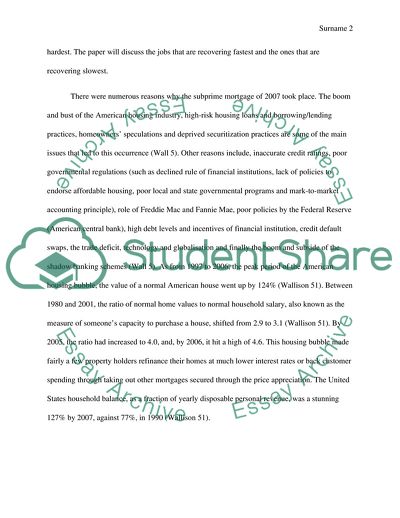Cite this document
(The crash of the housing market, and it effects on the labor force Essay, n.d.)
The crash of the housing market, and it effects on the labor force Essay. https://studentshare.org/macro-microeconomics/1805441-the-crash-of-the-housing-market-and-it-effects-on-the-labor-force
The crash of the housing market, and it effects on the labor force Essay. https://studentshare.org/macro-microeconomics/1805441-the-crash-of-the-housing-market-and-it-effects-on-the-labor-force
(The Crash of the Housing Market, and It Effects on the Labor Force Essay)
The Crash of the Housing Market, and It Effects on the Labor Force Essay. https://studentshare.org/macro-microeconomics/1805441-the-crash-of-the-housing-market-and-it-effects-on-the-labor-force.
The Crash of the Housing Market, and It Effects on the Labor Force Essay. https://studentshare.org/macro-microeconomics/1805441-the-crash-of-the-housing-market-and-it-effects-on-the-labor-force.
“The Crash of the Housing Market, and It Effects on the Labor Force Essay”. https://studentshare.org/macro-microeconomics/1805441-the-crash-of-the-housing-market-and-it-effects-on-the-labor-force.


